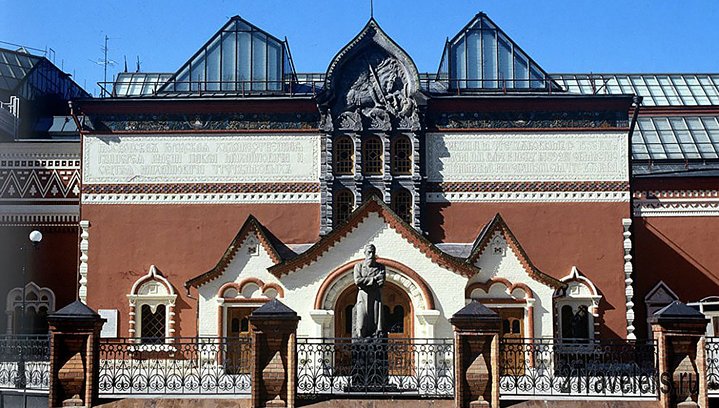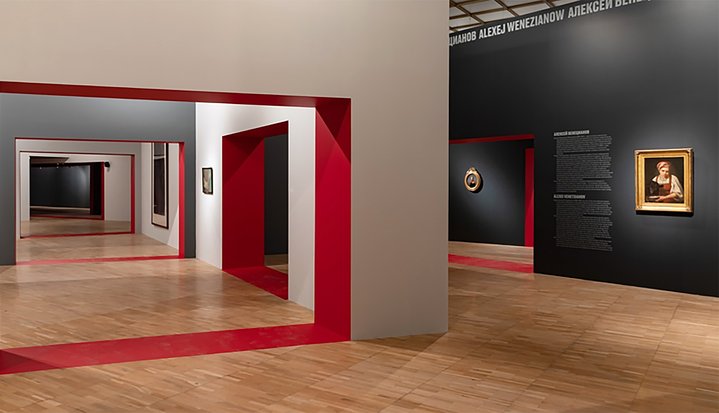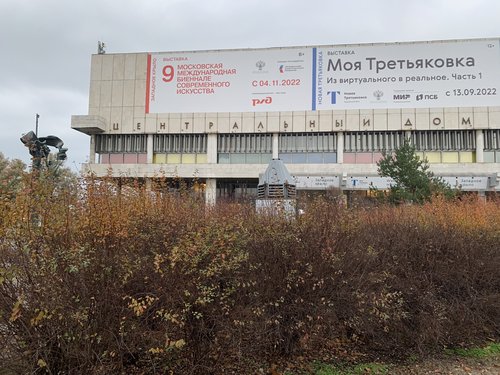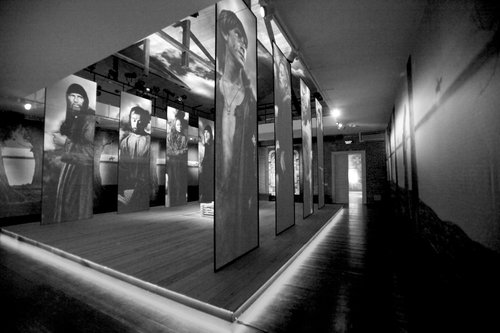Zelfira Tregulova is leaving her post

Zelfira Tregulova at the New Tretyakov Gallery on Krymsky Val. Courtesy of the State Tretyakov Gallery
Zelfira Tregulova was made head of the Tretyakov Gallery in 2015, succeeding Irina Lebedev. In February 2018 Tregulova's contract had been extended for another five years. Right from the beginning of Tregulova's directorship, the museum submitted an ambitious plan for development put together by Event Communications and AEA Consulting. Its scope included all museum complexes, such as memorial museums in the flats and houses of artists, and also focussed on the internal life of the museum, its positioning and mission. Courtyards at the Lavrushinsky site were to be opened, while a reconstruction was planned of the vast building in the Soviet modernist style at Krymsky Val by Pritzker Prize laureate Rem Koolhaas. The future of this costly plan to renovate the entire building on Krymsky Val, supported by Western partners, is now uncertain.
Zelfira Tregulova, who has been head of Russia’s main national art museum for eight years, is leaving her post due to the expiry of her employment contract. Elena Pronicheva is appointed as director of the State Tretyakov Gallery. Elena Pronicheva, who has served as director of the Polytechnic Museum in Moscow and was formerly the executive director of the Jewish Museum and Tolerance Center, has become the director general of the State Tretyakov Gallery. A spokesperson at the Russian Ministry of Culture noted, “Elena Pronicheva will continue to preserve the museum's current holdings and the development of the State Tretyakov Gallery and its branches, including new cultural, educational and museum complexes which are being created.”
Elena Pronicheva graduated from MGIMO with a degree in comparative political science. From 2013 she worked at the Jewish Museum and Tolerance Centre in Moscow, moving to the State Polytechnic Museum in 2020. Prior to that, she worked in Russia’s State Duma, in the Budget and Taxes Committee, at Gazprom (in the Foreign Economic Activities Department), and Gazprombank.
In contrast, the plan to move all large exhibitions from Krymsky Val to a new site on Kadashevskaya Embankment, is reaching its completion and the new building is scheduled to be commissioned in 2024. In December 2022 the Russian government allocated 2.5 billion rubles from the reserve fund in support.
Over the past decade, State Tretyakov Gallery has held some extremely successful exhibitions, most notably the retrospective of Valentin Serov (1865–1911) in 2015. The unprecedented, long queues to visit the show become a widely discussed phenomenon and source of memes, and the notion of a blockbuster exhibition has now become commonplace in Russia. After frustrated museum goers tore down the door to the museum, the Tretyakov Gallery introduced online timed ticket sales. Good cooperation with international museums abroad was also developed notably cross-collaborations were held with the National Portrait Gallery in London, the Vatican Museums and the Dresden State Art Collections. Installation of branches of the Treyakov Gallery in the regions is on-going. The first one will open in May in Samara in a restored monument to Constructivism: a factory-kitchen in the shape of a hammer and sickle. Finally, the Tretyakov brothers' museum was opened a year ago in their ancestral home near the building on Krymsky Val.
The museum has had its fair share of scandals, including the theft of a painting by Arkhip Kuindzhi (1841–1910) from the walls of an exhibition, which was quickly recovered, and the vandalism of a painting by Ilya Repin (1844–1930) ‘Ivan the Terrible and His Son Ivan’, which led to a huge restoration job which has lasted for many years.
There is no doubt that under Zelfira Tregulova's directorship the Tretyakov Gallery has become a much more open and modern museum, taking into account the interests of different audiences. It is developing new areas such as on-line tours and lectures with pop stars, promotional films, the creation of the educational Internet portal Lavrus, intended primarily for school teachers and providing them with materials on Russian art, the improvement of museum souvenirs and publications on art and the development of music festivals. The Tretyakov Gallery today is seen as the flagship of the museum business in Russia, and colleagues in all regions across the country are guided by it.
This article was first published in Russian on the website of The Art Newspaper Russia.














